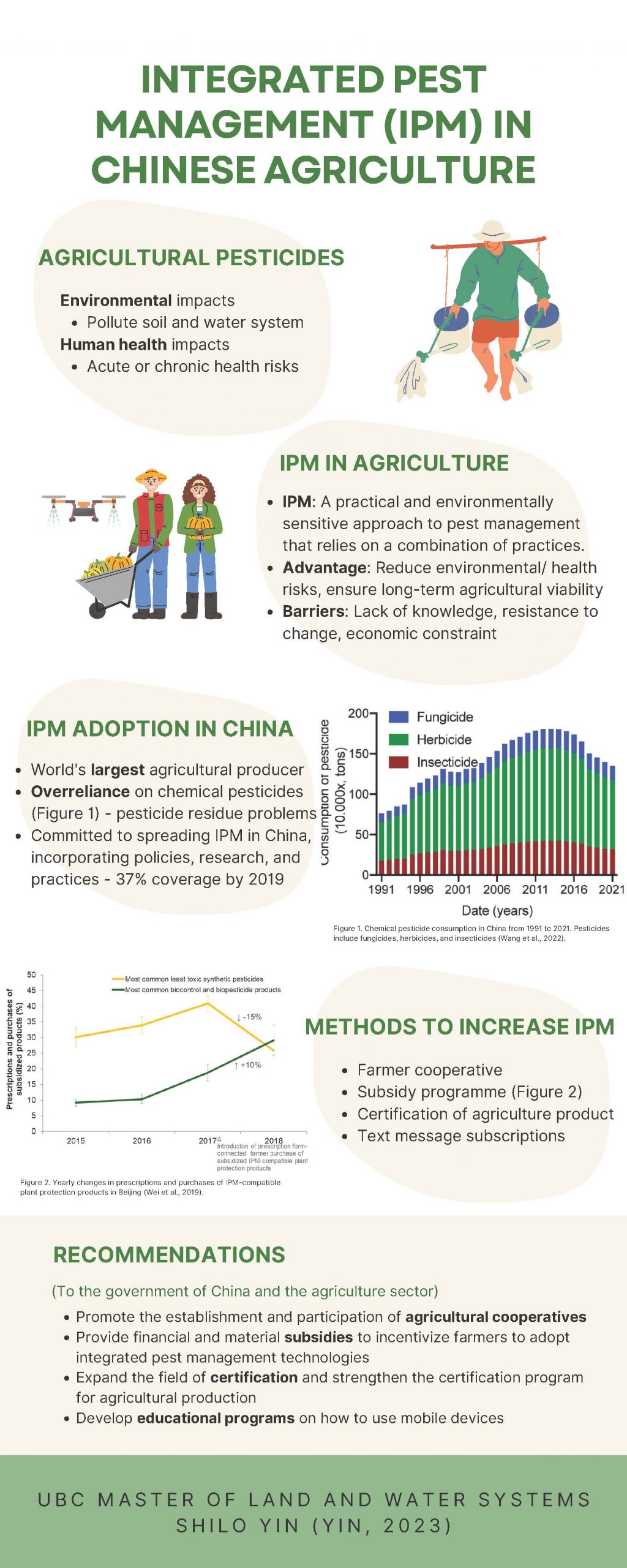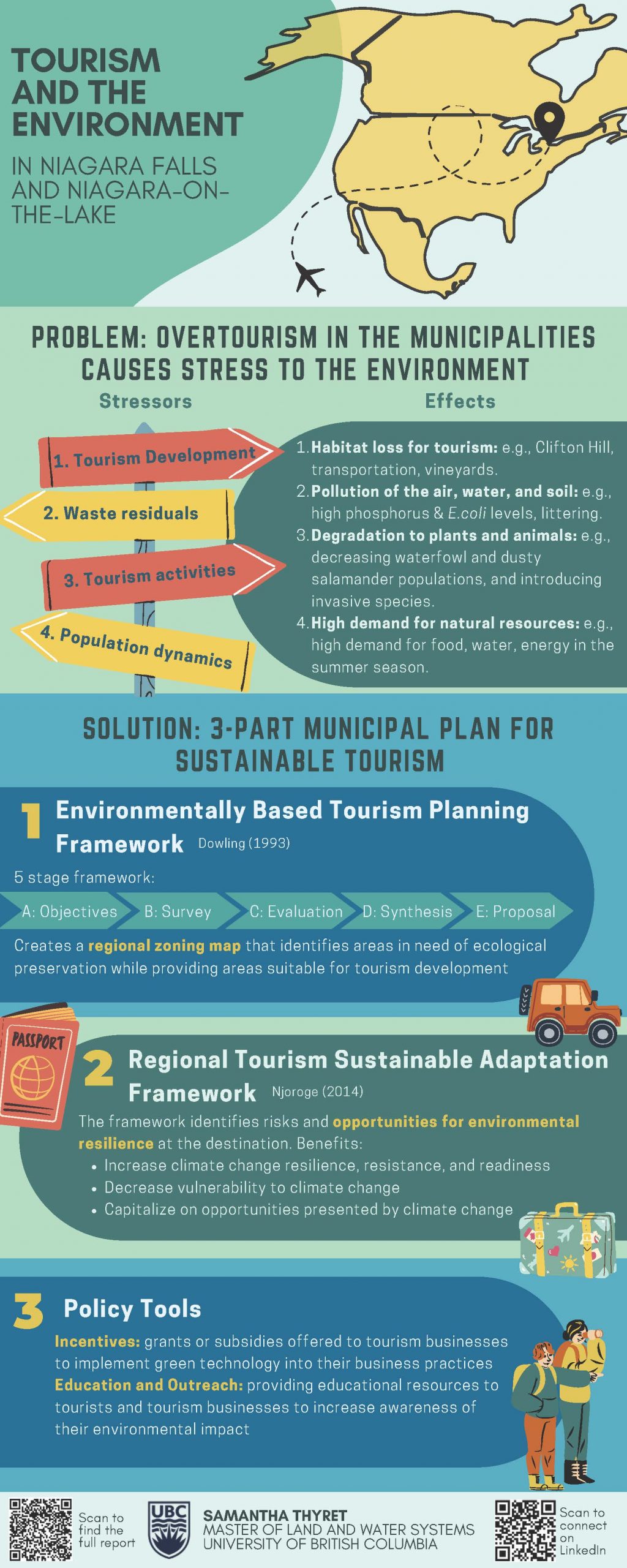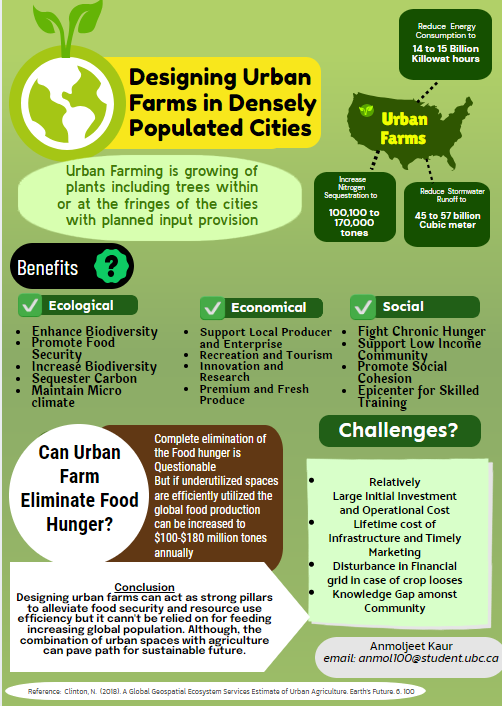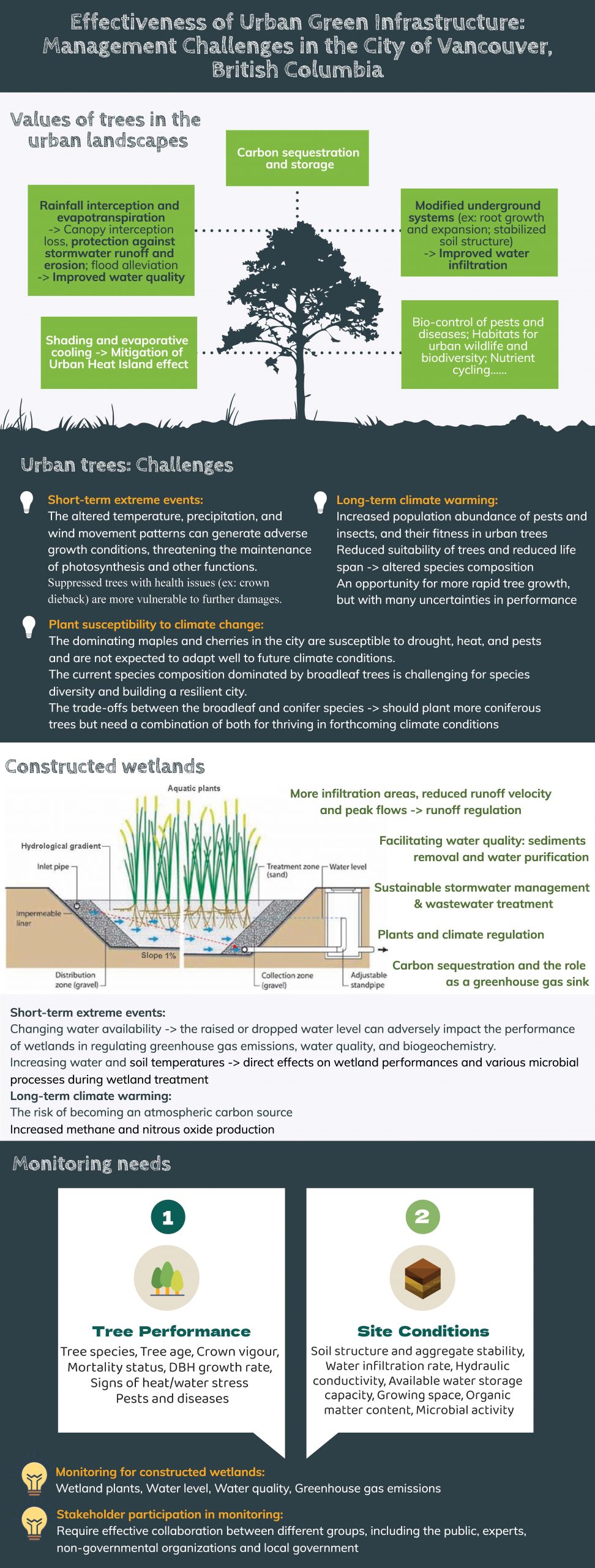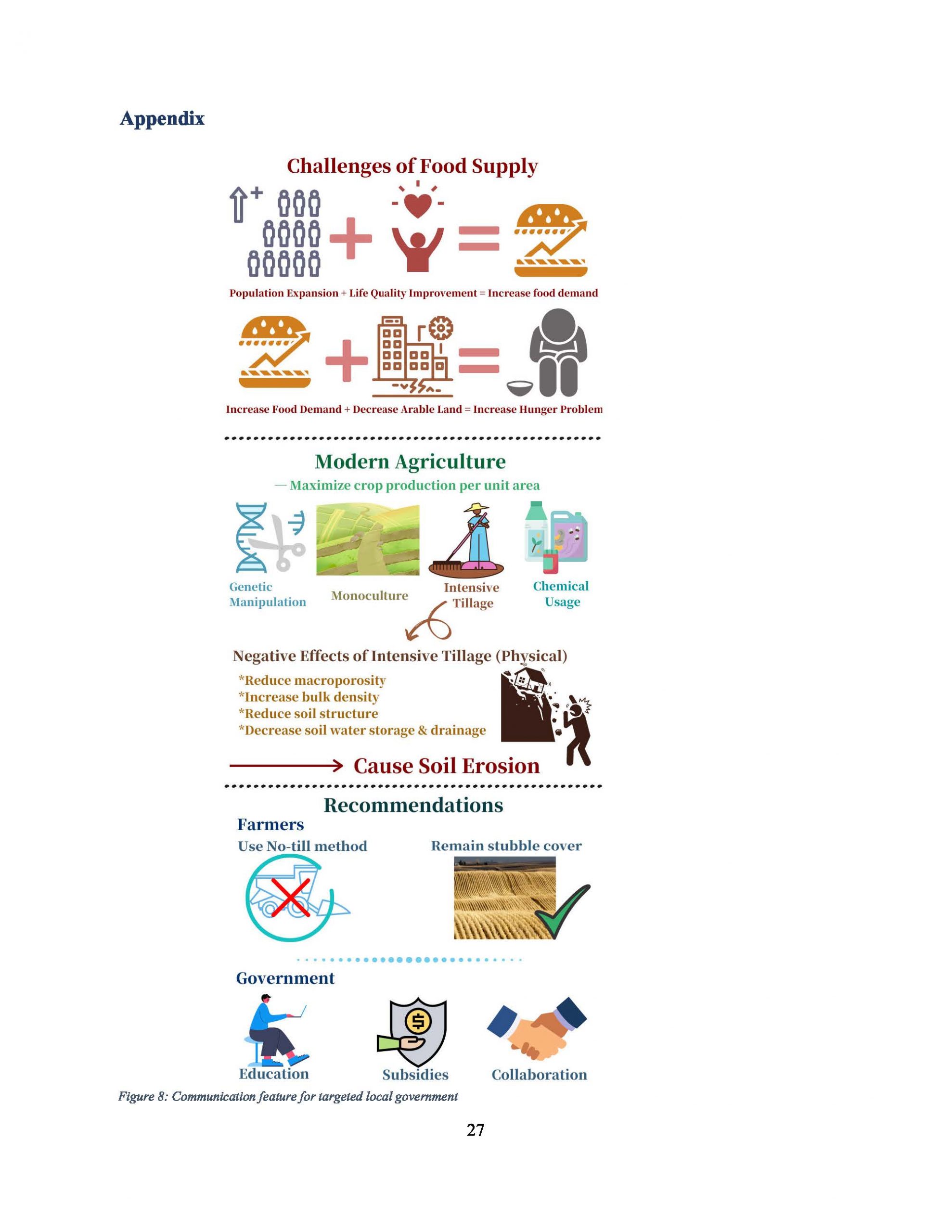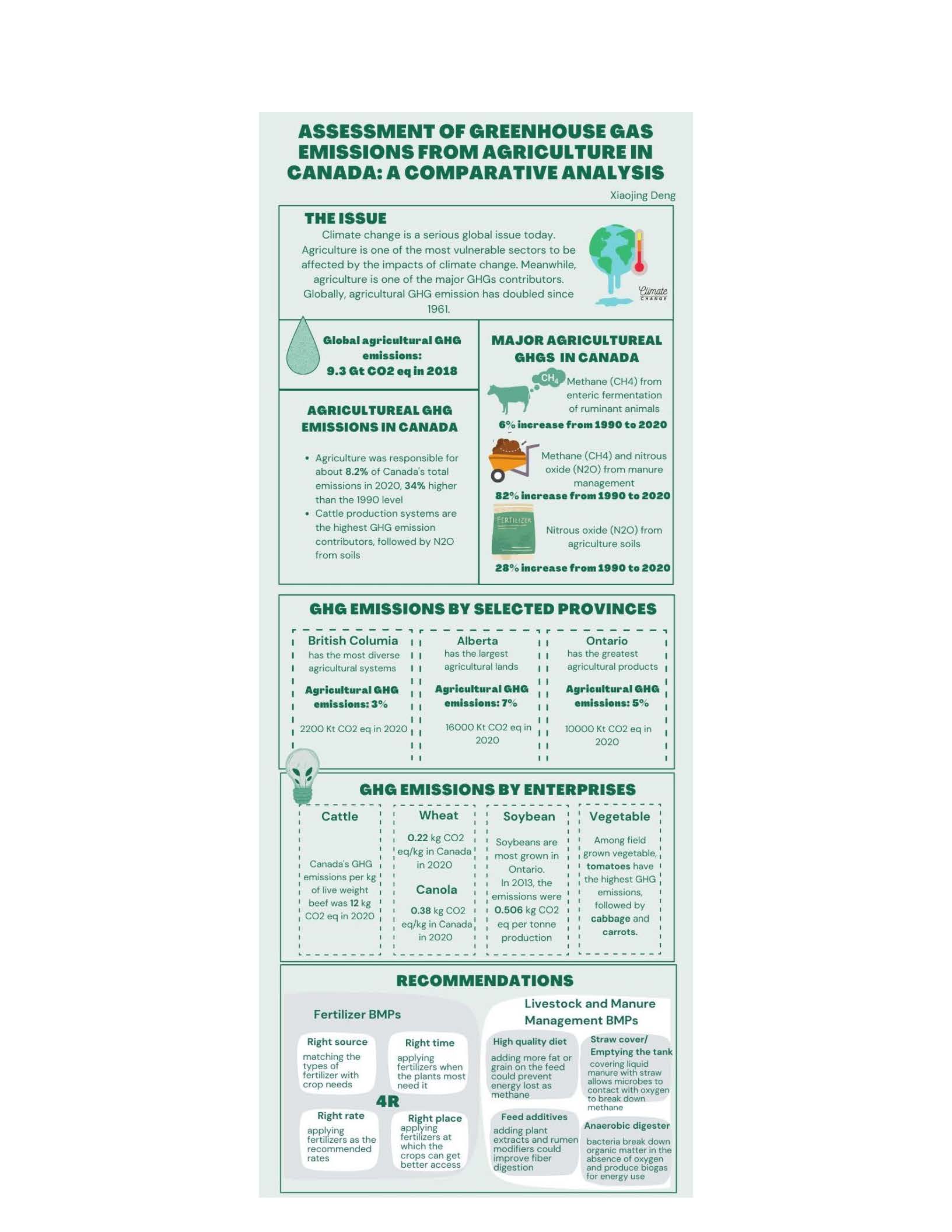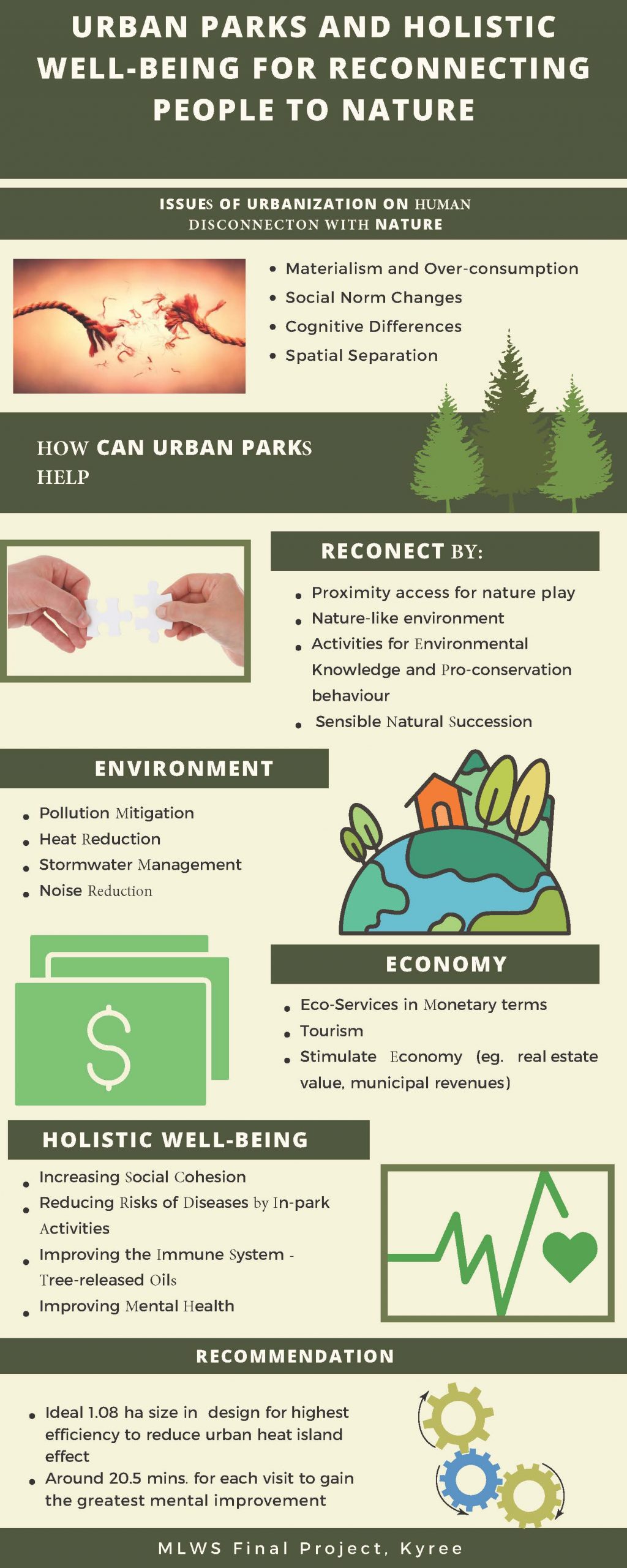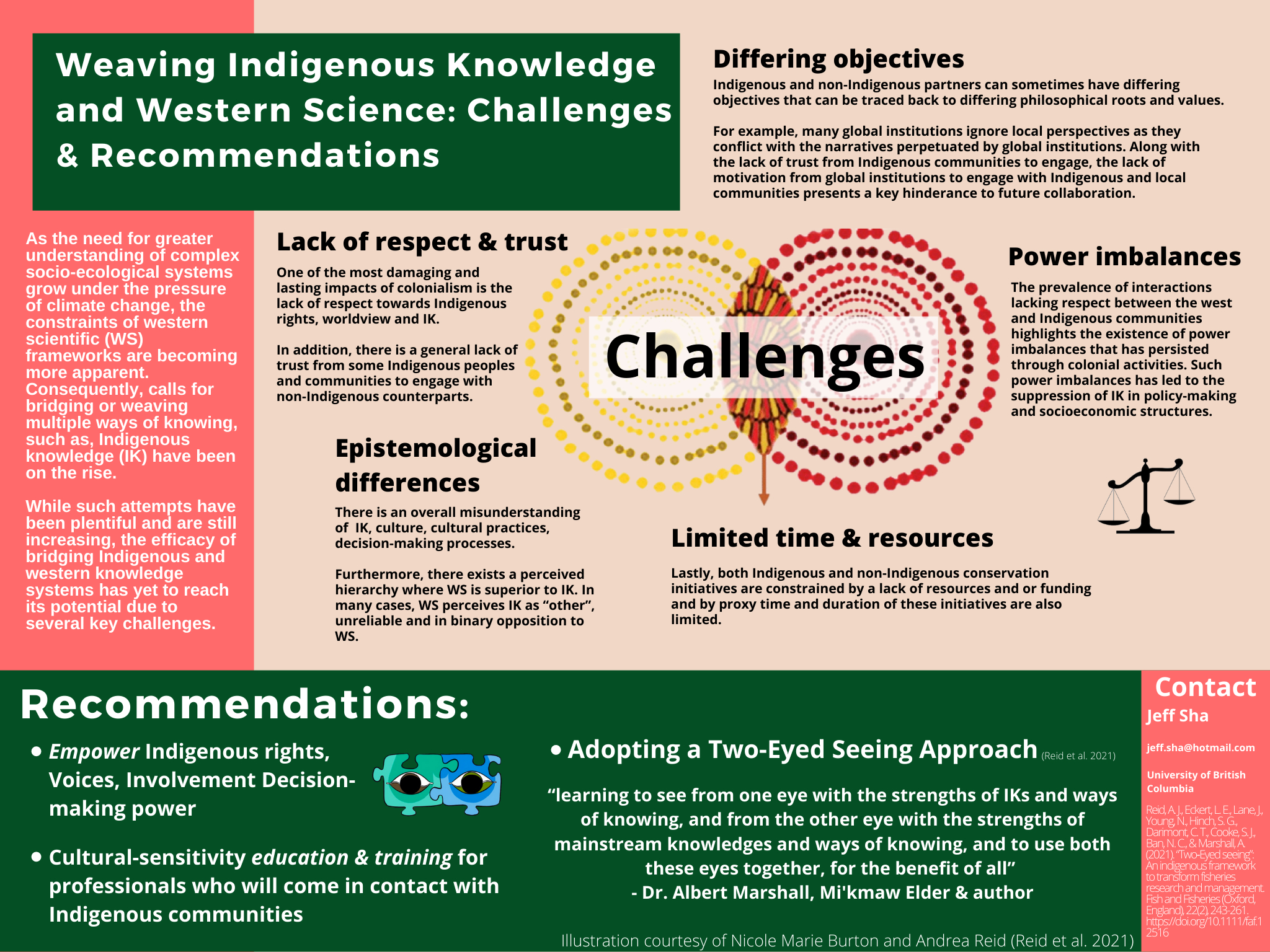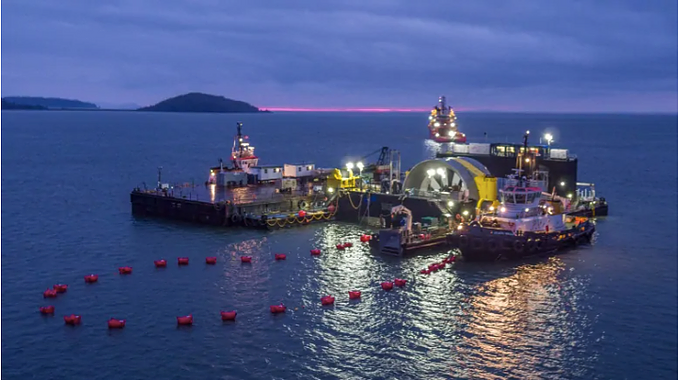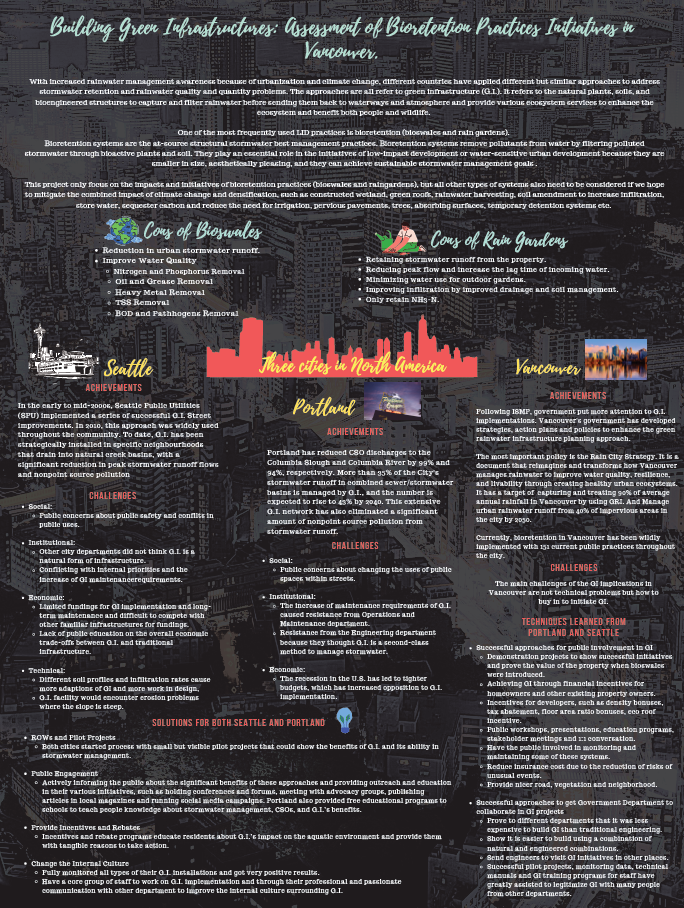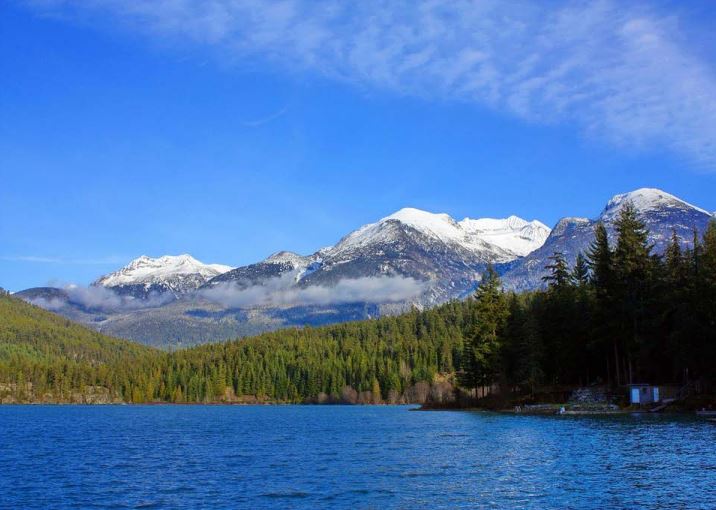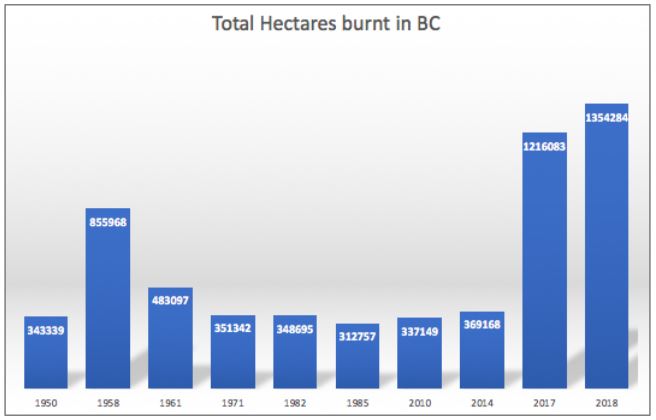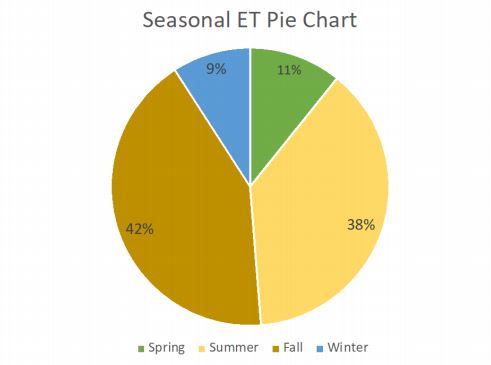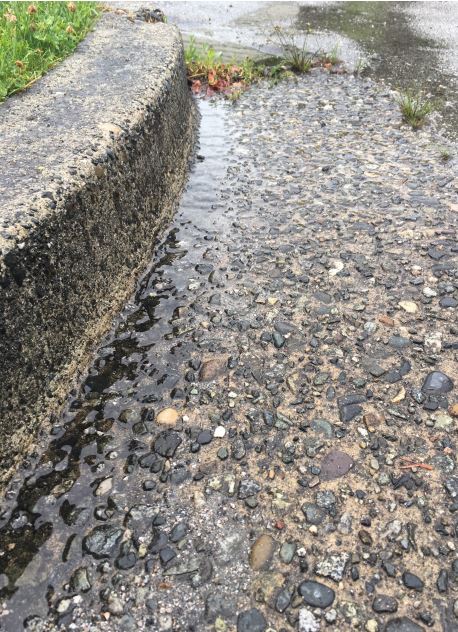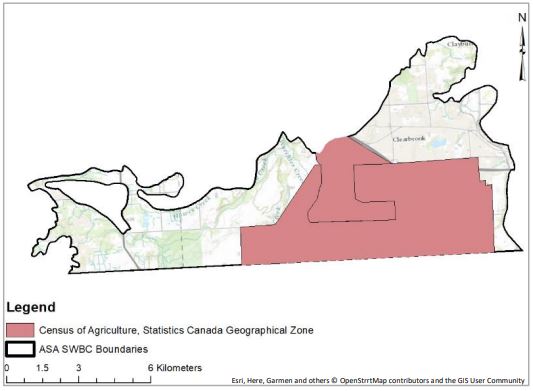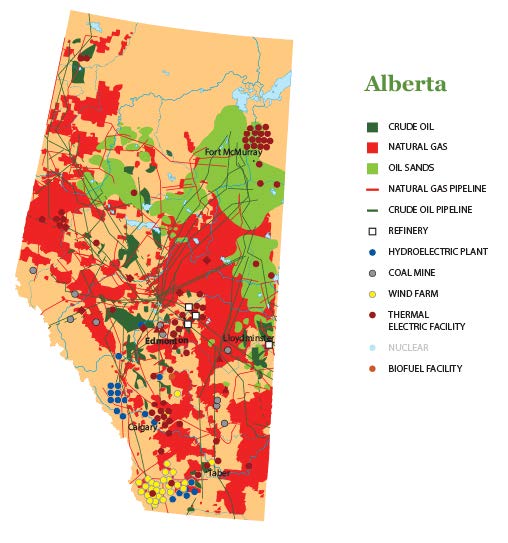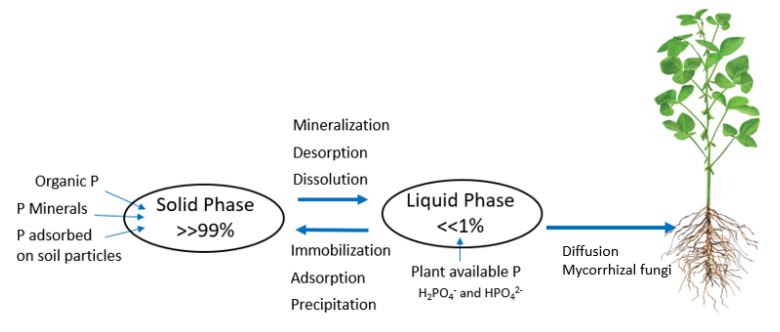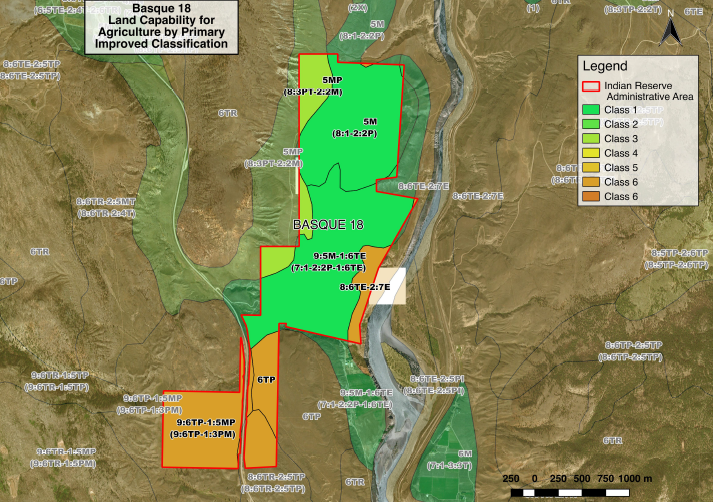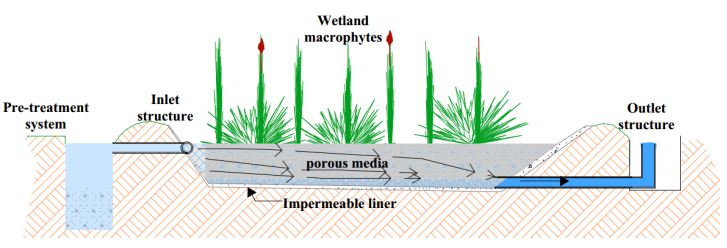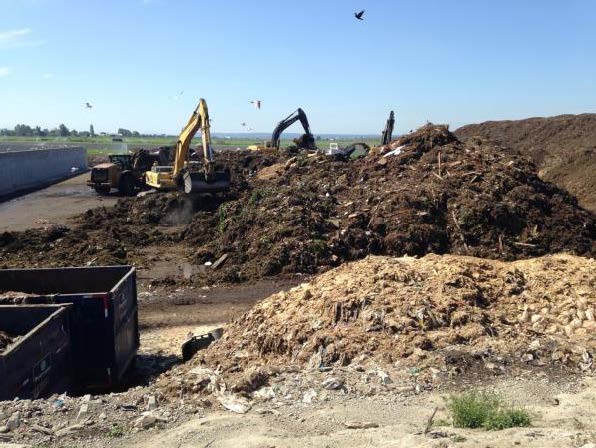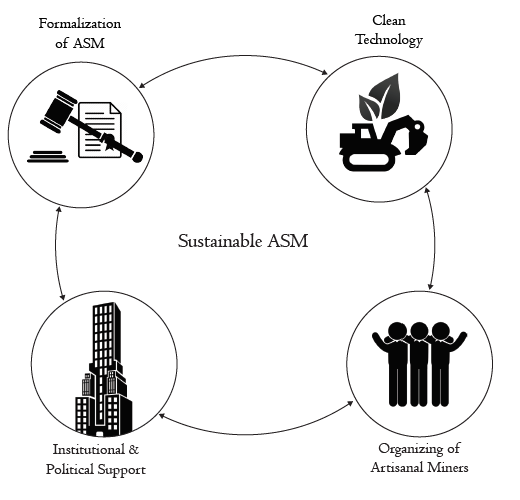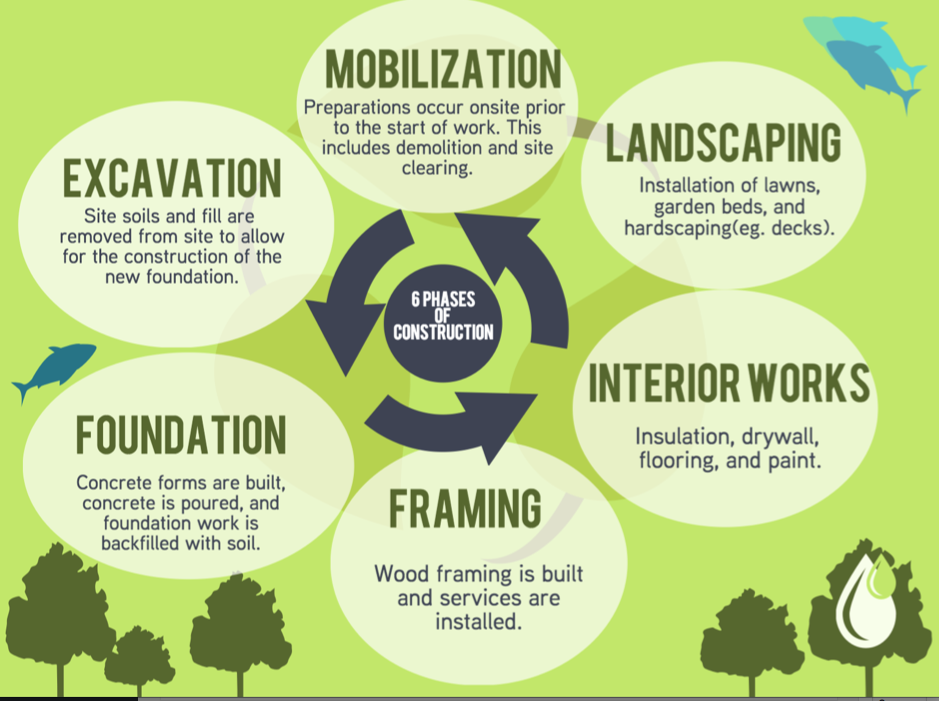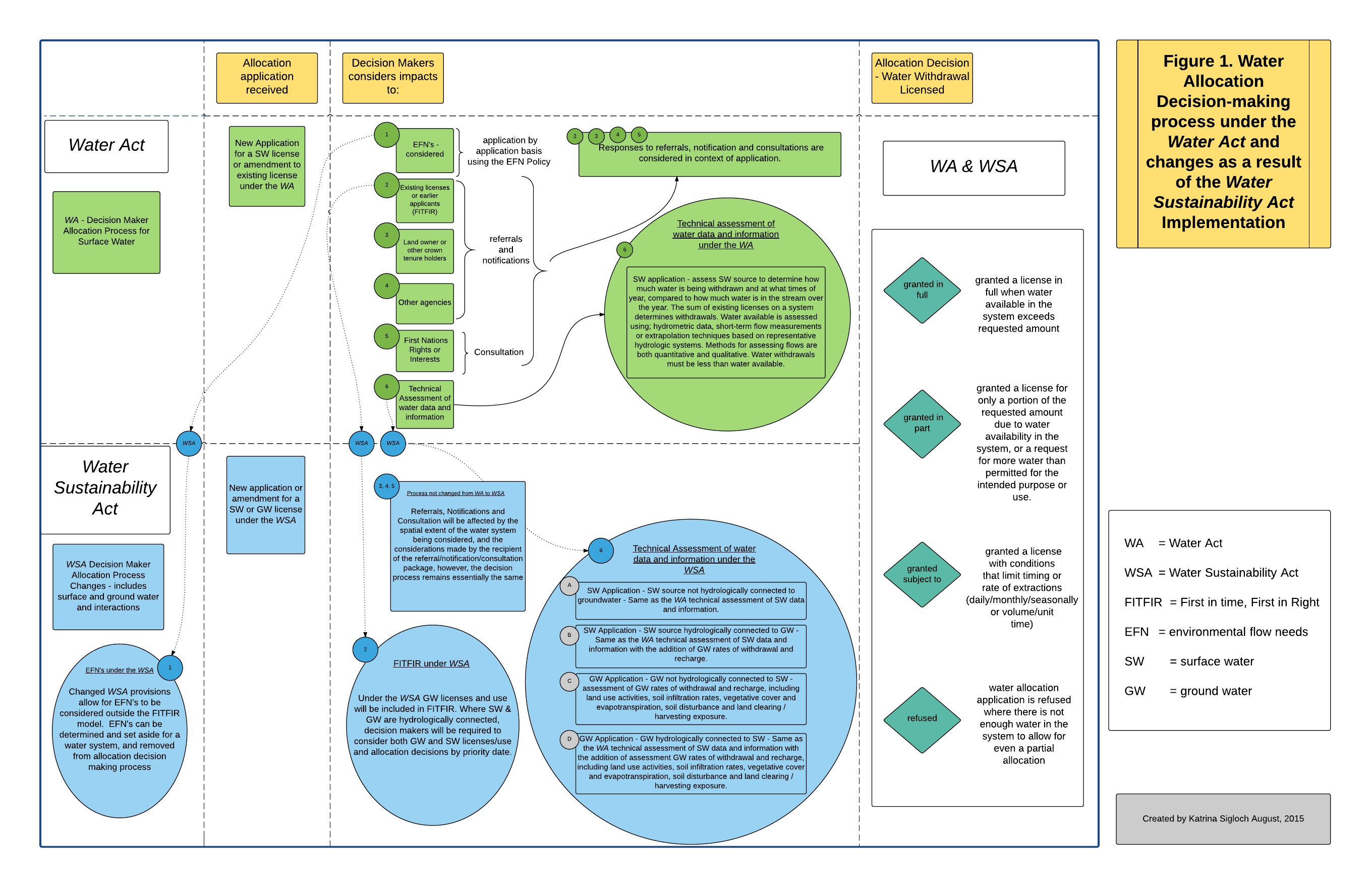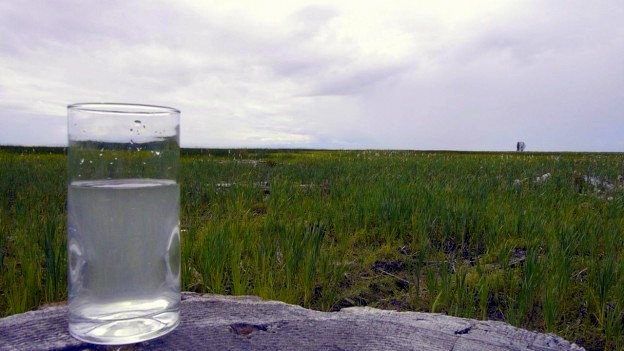Policy and Management
The following Major Projects investigate Policy and Management issues.
Tracing Micro(nano)plastics from Soil to Crop: The Evidence of Plastic Pollution in Agriculture
Emily MacMillan, MLWS 2024
Leaf Area Index as an Indicator of Successful Revegetation of Disturbed Mining Sites
Liulin Song, MLWS 2024
Comparative Analysis of Carbon Reduction Policies: Cap-And-Trade in Shanghai Vs. Carbon Tax in British Columbia
Zixiao Zhang, MLWS 2024
A Review of Potential Benefits and Barriers to Urban Green Infrastructure
Mengdi Ji, MLWS 2024
Integrating Sustainable Practices in Lithium Mining: Innovations, Environmental Stewardship, Effects for Green Energy, And the Challenges of Reducing Lithium Wastes in Alignment with Unsustainable Development Goals
Yaxi Tan, MLWS 2024
Adapting to Climate Change: A Comparative Analysis of Prescribed Burning and Mechanical Treatment for Forest Fire Management
Huilin Li, MLWS 2024
Aquaculture Development In Bhutan: Assessing Pre-Requisites And Addressing Environmental, Economic, Social Challenges And Opportunities
Ugyen Tshomo, MLWS 2024
Greening the Grey: Nature-based Solutions for Urban Heat Island Effect in the City of Vancouver
Tasso Hu, MLWS 2024
Alberta Oil Sand Pollution Impacts on Local Indigenous Communities and Cooperation with Indigenous Peoples
Corrine Yu, MLWS 2024
Environmental Pollution in Aquaculture: Evaluating Pharmaceutical Usage and Mitigation Strategies in China
Xiangyue Chen, MLWS 2024
Constructed Wetlands as Strategic Infrastructure for Urban Flood Mitigation in China
Jackie Wan, MLWS 2024
Green Rainwater Infrastructure implementation in high density urban areas
Shijia Zhang, MLWS 2024
The Sea Lice Saga- Challenges and Opportunities For BC’s Salmon Farming Industry
Emily Port, MLWS 2024
Rediscovering the Value of Deserts
Rodrigo Castro, MLWS 2024
Integrated Pest Management in Chinese Agriculture:A review of challenges and opportunities
Shilo Yin, MLWS 2023
Tourism in the Niagara Region: Environmental Impacts and Planning for Sustainable Tourism
Samantha Thyret, MLWS 2023
The Plight of Southern Resident Killer Whales: Wicked Problems and Land & Water Governance Challenges
Kim St-Pierre, MLWS 2023
Designing Urban Farms in Densely Populated Cities
Anmoljeet Kaur, MLWS 2023
FEED THE CULTURE, FEED THE PEOPLE:
Understanding the Role of Indigenous Young People in Revitalizing Food Systems
Marika Maj, MLWS 2022
Effectiveness of Urban Green Infrastructure: Management Challenges in the City of Vancouver, British Columbia
Ying Li, MLWS 2022
Effect of Soil Management on Soil Erosion – With Focus on Tillage System
Claire Huang, MLWS 2022
Assessment of Greenhouse Gas Emissions from Agriculture in Canada: A Comparative Analysis
Sylvia (Xiaojing) Deng, MLWS 2022
More Than Just Green Space: Urban Parks and Holistic Well-being for Reconnecting People to Nature
Kyree Chen, MLWS 2022
Weaving Indigenous and Western Ways of Knowing in Land and Water Conservation: Synthesis & Recommendations Towards Effective, Mutually Respectful and Beneficial Collaborations
Jeff Sha, MLWS 2021
Under the growing threat of climate change, the constraints of western scientific frameworks are becoming more apparent in the context of land, water, and resource management. As such, calls for bridging or weaving multiple ways of knowing, such as Indigenous knowledge, have been on the rise. Past interactions between Indigenous knowledge holders and Western scientists and decision-makers have been hampered by concerns regarding philosophical differences, cultural differences, Indigenous rights, and competing objectives. Despite a healthy number of interactions, synthesis of interactions and collaborations between Indigenous knowledge holders and western-counterparts have been scarce.
Through a literature review, a synthesis of these interactions, lessons learned, and a set of recommendations are provided in hopes to contribute to having effective, mutually respectful, and beneficial collaborations in the future. The literature review revealed that Indigenous worldviews and those of western science have differing philosophical roots that translate into how they approach conservation and management. In addressing these difficulties, I present a set of recommendations to empower Indigenous rights, involvement and voices, the Mi’kmaw Two-Eyed Seeing approach as well as three case studies as examples of effective, meaningful, mutually respectful and beneficial collaborations. The text concludes with an invitation for readers to reflect on their position in this conversation and explore the supplemented reading lists at their interest.
Assessment and Mitigation of Environmental Impacts from the Bay of Fundy Tidal Energy Development, Atlantic Canada
Mengyao Li, MLWS 2021
Tidal energy has the potential to substantially advance future sustainable development. Tidal energy is a renewable energy resource that helps meet the continuously increasing global energy demand while producing very little greenhouse gas emissions in comparison to other traditional energy sources (fossil fuels, coal, oil, etc.). In-stream tidal turbines placed under the ocean surface extract energy from the rise and fall of the tides. Tidal energy has attracted considerable attention, particularly in areas where tidal ranges are particularly high. The Bay of Fundy, Nova Scotia has the world's highest tidal range, making it an ideal location to develop tidal energy projects. Several tidal energy development projects are authorized for development at the Bay of Fundy.
The report provides a comprehensive review on the potential environmental impacts of tidal energy extraction at the Bay of Fundy while considering further climate change and sea-level rise, and provides a recommendation framework to mitigate these adverse effects. This report also provides a recommendation framework relevant to the Bay of Fundy tidal energy extraction, mainly including energy appliances enhancement, monitoring machinery establishment and regulatory agencies creation. Optimizing the blade shape, avoiding the application of Cu-contains coating and applying seabird-friendly lights to mitigate the negative impacts. Building up rescue stations, establishing fully functional protected areas, and conducting soil remediation to restore the disturbed ecosystem.
Integrated Land Management of Low Capability Public Land in the Cariboo-Chilcotin
Emily Koopmans, MLWS 2021
Building Green Infrastructures: Assessment of Bioretention Practices Initiatives in Vancouver
Rachel Gao, MLWS 2021
In recent decades, the continued growth of urban development and climate change have led to multiple issues that affect the sustainability of urban drainage systems. The increase in impervious surface areas and extreme rainfall events in urban areas have altered watershed hydrology and groundwater hydrologic. Typical impacts include higher peak flows and runoff volumes, shorter lag times, and reduced infiltration and baseflow. Urban runoff also increases pollutants and nutrients, thereby degrading water bodies downstream in urban creeks. One of the most commonly used practices to mitigate these impacts is bioretention. Bioretention can capture and treat rainwater to return rainfall to a natural pathway and provide aesthetic and ecological values to treat rainfall as a resource.
Despite its widespread use globally, research on bioretention systems remains active, particularly in the areas of its design and performance. This paper reviews a recent study focusing on bioretention, including the development and design application of bioretention systems, the performance of bioswales and rain gardens in hydrologic impact and water quality.
This paper focuses on the analysis of bioretention practices implementation in the City of Vancouver and uses Portland and Seattle as successful examples. In the City of Vancouver, there are a few comprehensive policies and strategies related to G.I. implementations, but with less public support and people’s awareness. Both Portland and Seattle are at mature G.I. implementation stages that have also met similar challenges and have overcome them with strategic solutions, such as public engagement and providing Incentives and Rebates. Therefore, the City of Vancouver should learn from these two thriving cities.
An Evaluation of Potential Policy Tools and Frameworks For Urban Tree Canopy Cover Management in North Vancouver
Jacquie Kwok, MLWS 2020
Urban trees offer a host of benefits both to the environment and to society by having a directly influential impact on physical, biological, and social conditions. Therefore, their appropriate management is critical towards the wellbeing and resiliency of current and future communities in the face of densification and climate change. A geospatial measurement of canopy cover area was conducted on aerial imagery of single-family detached residential lots between 1992 and 2018 within the City and District of North Vancouver to determine the impact that residential subdivisions have had on canopy cover area over time. Across the 20 individually assessed lots that had been subdivided between 1992 and 2018, an overall average decrease of 76% in canopy cover area was found to have occurred by 2018. These findings have far-reaching implications on the health of the surrounding ecology, as well as on community well-being. They also provide grounds to support the notion that a fundamental shift in attitude towards urban trees and their roles in society is required.
A review of policies and frameworks concerning urban tree management and removal was also conducted to determine whether certain frameworks were more effective than others at protecting and encouraging urban canopy growth. Although this project is set within contexts of the City and District of North Vancouver, the evidence used to provide a recommendations framework that supports the maintenance and development of urban canopy cover was synthesized from a variety of local cities and municipalities experiencing similar challenges.
Green Infrastructure Innovations: Developing a Sustainable Community in Pemberton, B.C.
Skylar Kylstra, MLWS 2020
Looking ahead, housing will continue to play a significant role in BC’s economic and social development. Pressures on the housing supply resulting from population growth, urbanization, and the need to foster continued economic growth in the province will likely only escalate. In addition, Canadians face a growing number of environmental, public health, and social concerns, including the maintenance of water and air quality, biodiversity loss, and food insecurity. Green infrastructure (GI) offers an approach to development that can produce lower cost and more resilient systems. Furthermore, recognizing the role of green infrastructure in housing has a critical role to play in meeting the challenge of climate change adaptation, as well as other environmental and social issues.
This paper gives a comprehensive overview of green infrastructures as the “next generation” of development, using a “three-pillars of sustainability” approach to evaluate environmental, social, and economic benefits and considerations. Lastly, this paper overviews the planned Canada Mortgage and Housing Corporation Solutions Lab process to create a framework for GI delivery which will be piloted at the case study: ‘The Shire of Pemberton’, a proposed development in Pemberton, BC.
Incorporating Indigenous and Local Stakeholder Knowledge into Resource Decision-Making in British Columbia
Vanesa Mena, MLWS 2019
Global concerns of the failure of modern natural resource management practices to solve environmental complex issues has led to the emergence of the incorporation of alternative ways of knowing and the co-production of knowledge as a viable solution. In recent years, however, multiple reports have uncovered several constraints in the integration of Traditional Knowledge into the environmental decision-making arena. The report compiles qualitative research methodologies, such as literature review (including current consultation process and polices), observation and informal interviews conducted to develop and to acquire a better understanding of the local natural resource and environmental context and challenges associated to the incorporation of Traditional Knowledge into Environmental Assessment in British Columbia, Canada. In the final section, transdisciplinary approach is presented as tool to address some of the challenges of integration of Traditional Knowledge and Stakeholder Knowledge into resource decision-making.
Impacts of Wildfires on Environmental and Human Health in British Columbia
Xinyao Li, MLWS 2019
Over the years, wildfires have been of higher intensity and of longer duration throughout the world. This is caused by either human activities or natural factors. In British Columbia, climate change is believed to be responsible for this increasing phenomenon. Forest fires can have long term impacts on the environment, including physical, chemical and biological impacts. These environmental impacts pose threats to aquatic species and human health. In response to wildfires that are increasing due to climate change, wildfire prevention strategies, such as reducing the fuel volume, are recommended to apply in forest management practices. In addition, post fire measures aimed to mitigate the effects of wildfires, such as the upgrading of water supply treatment plants, is believed to be important, as it has been shown that wildfires cause the formation of toxic substances to both human and salmonid species.
Groundwater Predictive Model on the Effect of Land Use Impacts on the Hopington Aquifer in Langley, BC
Juncheng Hu, MLWS 2019
The Hopington AB Aquifer is one of the most vulnerable unconfined aquifers in the lower mainland. It is reported that the Hopington AB aquifer water level is decreasing year by year. The predictive model indicates that these declines are due to excessive extraction, climate change and expected population growth will only accelerate the drop in water tables. In order to address the groundwater quantity issue, a groundwater management plan is needed to regulate and protect the unconfined aquifer.
The overall goal of the project is to determine the water balance of the Hopington Aquifer and its possible impact on streamflow in the Salmon River. The aim is to develop a predictive model to determine the effect of land use activities and water use on the Hopington Aquifer, to show if the aquifer is used in a sustainable manner and to evaluate if changes affect the stream water flow in the Salmon River.
A Review of the Regulatory Framework for Environmental Protection in BC’s Mining Industry:
Lessons Learned from the Mount Polley Incident
Andrew Chan, MLWS 2019
In 2014, the Mount Polley mine tailings storage facility breached, spilling approximately 25 million cubic metres of water and mine tailings into the surrounding environment and nearby water bodies. Following the incident, an independent review panel and the Chief Inspector of Mines conducted investigations to determine the cause(s) of the failure and to make recommendations. The Auditor General of British Columbia also reviewed the incident during an audit of compliance and enforcement activities in the mining industry. This study was undertaken to determine areas of overlap in the recommendations across the three reports in order to identify regulatory gaps. This study conducted a review of key pieces of legislation guiding the mining industry in BC, two regulatory bodies and the three reports. The following four areas of overlap in the recommendations were identified: professional reliance, geotechnical oversight, life-of-mine planning for permitting and investigation, compliance and enforcement review. These findings suggested that additional controls should be implemented in these areas of overlap in order to prevent another tailings storage facility incident from occurring.
Microplastics: The Hidden Hazard
Xin Dong, MLWS 2018
This white paper provides a holistic overview of the microplastics problem, including the various components and sources of microplastics, their distribution and abundance, and the impacts of microplastics on the environment and human life. The goal of this paper is to make the public aware of the hidden hazard of microplastics, and thus take appropriate actions to mitigate the hazard. There are several removal solutions for microplastic contamination, including source control, recycling and advanced removal techniques for wastewater treatment, such as membrane bioreactors. The main solution for mitigation rests with public awareness and government legislation. To date, the research on microplastics has been concentrated on aquatic environment and organisms. The study of the impact of microplastics on human health is still in its infancy, and further long-term research of human effects is needed.
A Theoretical Stemflow Model for Urban Trees with an Evaluation of Current Street Tree Pit Design and Practices
Anne Day, MLWS 2018
Cities across the world are dealing with storm water runoff and its management, as urbanization leads to urban densification. The use of urban forestry has become widely accepted as a more resilient means to address storm water management problems in the face of densification and climate change. The project’s development of a theoretical stemflow model works to predict the volume of stemflow on an event basis for several common tree species that are used in the Metro Vancouver area as street trees. The model is based on a linear relationship between stemflow volume (L) and precipitation depth (mm) in relation to tree diameter at breast height (DBH) (cm). The model performed well and was able to reasonably predict stemflow volumes based on inputs of DBH and precipitation. Based on two modeling approaches, it was found that modeling stemflow based on grouping all trees together is more accurate in comparison to modeling stemflow based on grouping the trees by genus.
Comparative Transboundary Nitrogen Budget of the Abbotsford–Sumas Aquifer
Kamal Kakish, MLWS 2018
Transboundary groundwater issues are of significant importance. The depletion of aquifers is adding pressure to growing water scarcity in many parts of the world; and groundwater quality is being reduced as a consequence of several sources of anthropogenic pollution, which eventually restricts its uses in certain applications.
Future sustainable management of shared resources requires a shift toward holistic cooperation, while strengthening the scientific knowledge available, to effectively inform policy actions. This is particularly important within the Abbotsford – Sumas Aquifer, a Transboundary Aquifer (TBA) system shared by British Columbia and Washington State, USA.
In this paper, a comparative nitrogen budget analysis is conducted on the Abbotsford-Sumas Aquifer and includes all major agricultural nitrogen flows. The study compares nitrogen surplus amounts on both sides of the border. This provides an indicator of excess nitrogen that could be leaked into the environment and eventually contribute to the contamination of the aquifer. Furthermore, conceptualizing nitrogen flows at the regional scale within the extent of the aquifer could promote a more effectual design of intervention measures and conjunctive policy creation for the sustainable management of the transboundary Abbotsford-Sumas Aquifer.
Evaluation and Remediation of Potential Environmental Contaminants in Alberta Oil and Gas Well Sites
Jierui, MLWS 2018
When the first oil well was drilled in Alberta in 1914, it shaped Alberta’s future in the global economy. As it developed into the world’s third-largest oil reservoir and with booming oil and gas industries, Alberta became the heart of Canadian Energy. It is estimated that there are around 450,000 oil and gas wells that have been drilled throughout the province since 1963. However, developments at well sites have resulted in the high potential of local soil and water contamination from hazardous materials. These contaminants include soil sterilant herbicides, heavy metals, salts, petroleum hydrocarbons, and drilling fluids that are generated from oil and gas development and drilling activities. These contaminants present in soils and groundwater are potential health threats to human and environmental health. Several soil and groundwater remediation technologies were evaluated in this study for their potential to degrade or stabilize contaminants in Alberta's oilsands region. These include physical remediation technologies, such as soil vapour extraction, dual phase extraction, and electro-kinetic technologies; chemical remediation technologies, like in situ chemical oxidation, and soil washing; as well as bioremediation and phytoremediation.
As a result, a holistic approach to drinking water management has been recommended for both community groups. The use of watershed-level management by way of the multi-barrier approach and/or integrated watershed management more effectively protects water at its source and better ensures the quality of the water at the tap. Additionally, these holistic methods generate more collaboration and require that adequate data be gathered, both of which are needed in addressing drinking water concerns. Despite watershed level management of drinking water sources being a viable solution, the communities have little control over local governance, especially within their traditional territory, which hinders the more holistic approaches.
Exploratory Assessment of Drinking Water Management in the Southern Interior of British Columbia:
A First Nation Story
Destiny Allen-Green, MLWS 2018
By way of a reconnaissance, this report presents an evaluation of some of the challenges pertaining to drinking water access and availability in the Lytton First Nation and Esh kn-am.
The Lytton First Nation had recently installed a new water treatment system. The communities represented by Esh-kn-am had challenges with water shortages and some sporadic Boil Water Advisories (BWAs). The current water management does not provide long-term solutions, and as such, potable water will always need to be treated if further actions are not taken.
As a result, a holistic approach to drinking water management has been recommended for both community groups. The use of watershed-level management by way of the multi-barrier approach and/or integrated watershed management more effectively protects water at its source and better ensures the quality of the water at the tap. Additionally, these holistic methods generate more collaboration and require that adequate data be gathered, both of which are needed in addressing drinking water concerns. Despite watershed level management of drinking water sources being a viable solution, the communities have little control over local governance, especially within their traditional territory, which hinders the more holistic approaches.
Phosphorus Dynamics for Efficient Nutrient Management in Organic Agriculture
Cagla Buzluk, MLWS 2018
There exists a wide range of observable inefficiencies in phosphorus (P) management in current organic agriculture. This paper’s objective is to increase the understanding of P dynamics in order to increase the P efficiency in organic agriculture. As a result of the nutrient imbalances in organically accepted nutrient sources and the high reactiveness of P, the management of P is challenging. One of the major contributors to the P inefficiencies in organic agriculture is the strong focus on meeting plant nitrogen (N) needs. Considering the growing global trend towards organic agriculture, decreasing P inefficiencies is important for both increasing the future sustainability of farms for the efficient use of P sources and decreasing the environmental impacts of organic farms on concerns such as eutrophication.
Food Security Concerns and Challenges of First Nations Communities in the Interior of BC
Brittany Myhal, MLWS 2018
The vulnerability of rural communities is a global issue that has been persisting for decades. As development pressures increase and climate change intensifies, these communities are forced to shift their reliance on local resources to imported goods. Due to the low population density of rural areas relative to urban centres, they hold less political power and their needs are often not prioritized by government. As a result, even communities in a resource abundant province such as British Columbia are experiencing food and water security issues. Rural First Nation communities have been particularly vulnerable as they have a history of being marginalized which has impacted their livelihood and decreased their ability to remain resilient to change.
This is a preliminary report intended to explore the main challenges and concerns regarding food security in rural communities in BC from a First Nations perspective. Two communities in BC’s interior were selected and visited. The first was Lytton First Nations and the second organization was Esh-Kn-Am Cultural Resources Management Services, which represents three different First Nations bands. There was greater focus placed on Esh-Kn-Am as they expressed more concern than the Lytton community in regard to their local food security.
Cooks Ferry Indian Band: Land Capability Assessment
Luc Anderson, MLWS 2017
Cooks Ferry Indian Band at Spences Bridge, like many rural communities, is experiencing major challenges in maintaining a viable socio-economic future due to urbanization and population dynamics. Dependence on a limited range of economic bases such as agriculture, mining, forestry, fishing and recreation ties opportunities for employment to the success of these industries. The migration of skilled people and notably younger generations, to urban centers has resulted in a decline of human resources. There has been little attention given to developing a community-based resources inventory to guide communities as they seek to incorporate emergent and innovative opportunities. The utilization of a computer-based land capability classification framework is a first step in providing an ecological base for resources planning and development.
Constructed Wetlands: A Potential Alternative Technology for the Treatment of Wastewaters From Institutions in Rwanda
Charles Mungwakuzwe, MLWS 2017
In Rwanda, it is nearly impossible to collect domestic wastewater with centralized systems, due to the lack of financial investments and the sanitation chains. However, on-site systems such as constructed wetlands may be feasible for wastewater treatment in schools and other similar sized institutions. Constructed wetlands are an alternative technology to conventional wastewater treatment to explore due to their operational simplicity and requirements. This project provides technical information and review of two constructed wetland designs (surface flow and subsurface flow constructed wetlands) and proposes a horizontal subsurface flow constructed wetland for Indatwa n’Inkesha school. The treated effluent will meet the regulatory targets of Rwanda Utilities Regulatory Authority for domestic wastewater discharge and could be reused in agriculture. It is expected that the adoption of constructed wetland technologies in Rwanda will depend on the land availability, sanitation chains and safety factors. Further studies are required to understand the viability of this technology, and to provide monitoring data about their long-term performance.
An Evaluation of the Institutional Framework for the Organic Waste to Compost Process in Metro Vancouver
Meg McIllfaterick, MLWS 2017
Within the regional district of Metro Vancouver, organic waste has been banned from disposal in landfills as of 2014 (Metro Vancouver, 2017). Organic waste is source separated by residents and business owners, collected by haulers, processed by composting facilities and utilized by a variety of users in the region. Metro Vancouver relies on the efficient and sustainable operation of this framework as a regional waste management strategy for the organic waste stream of municipal solid waste.
There have been several points identified within the framework where the steps are occurring inefficiently. To address the issues identified within the framework, specific strategies have been developed for the utilization of the following stakeholders: Metro Vancouver’s Solid Waste Services, member municipalities, composting facilities, haulers and Metro Vancouver residents and businesses. By addressing institutional inefficiencies, the stakeholders can improve the regional organic waste to compost system in Metro Vancouver resulting in a more efficient, productive and profitable system for all stakeholders.
A Conceptual Framework for a Community-Based Approach to Addressing Artisanal and Small-Scale Mining in Ghana
Alfred Baafi Acheampong, MLWS 2016
Artisanal and Small-Scale Mining (ASM) in Ghana is becoming a major concern, in spite of its positive economic impacts, particularly in alleviating rural poverty. ASM contributes to the pollution of land and water resources in Ghana, and thus to the health of the ecosystems and the local people. These environmental challenges and ASM-related social issues have resulted in several government interventions. These “top-down” approaches and policy implementations have proven unsustainable.
The study examined the potential of the introduction of a community-based framework for moving towards a more sustainable ASM in Ghana. Two case studies (Obuasi-Ghana and Mongolia) that involved community-driven intervention with the focus on the integration of technical, institutional and political capacity were examined. The framework developed presents a systematic planning and implementation strategy for project facilitators. ASM interventions should focus on organizing the miners, developing cleaner technology options, and formalizing ASM by strengthening political and institutional support.
Cumulative Ecological Impact of the Residential Construction Industry on Watershed Health in Three North Shore Communities in the Lower Mainland of BC
Erika Nassichuk, MLWS 2015
There are many issues associated with the impacts of residential construction on watersheds. Examples include: sediment-laden or chemically contaminated water entering into watercourses, and a trend towards larger building footprints that can reduce the amount of land available for rainwater infiltration. The cumulative effects of widespread construction are not well understood. There is not currently an easy-to-follow guide to help builders and contractors minimize damage to the surrounding watershed while building or renovating single-family homes. There are two overall objectives associated with this project. The first is to create a clear, easy to follow online educational resource that can inform developers of the potential negative impacts of residential construction on watercourses and watersheds. The second objective is to encourage the use of Beneficial Management Practices (BMPs) by the construction industry, in order to facilitate small changes to improve urban watershed health. A guiding framework was developed to aid both developers and homeowners to minimize their impact on watersheds by activities.
From Water Act to Water Sustainability Act:
Changes and Opportunities to Advance Water Sustainability in BC
Katrina Sigloch, MLWS 2015
British Columbia’s new Water Sustainability Act (WSA) will enable the sustainable management of water and aquatic ecosystems, but requires a multi-disciplinary understanding of the causes of water crises, management complexities, and the new water management changes and opportunities under the WSA. This evaluation provides a comparative assessment of the potential changes to water allocation decision-making and opportunities for water management in BC as a result of the introduction of the WSA, which will replace the Water Act (WA) in 2016. The goal of the WSA is to manage water sustainably under increasing demand, climatic variability and frequency of water scarcity. This evaluation focuses on the changes to the water management regime as a result of moving from the WA to the WSA, and in particular on (i) significant immediate changes to water allocation for societal and environmental purposes, and (ii) opportunities for water planning and protection provisions.














